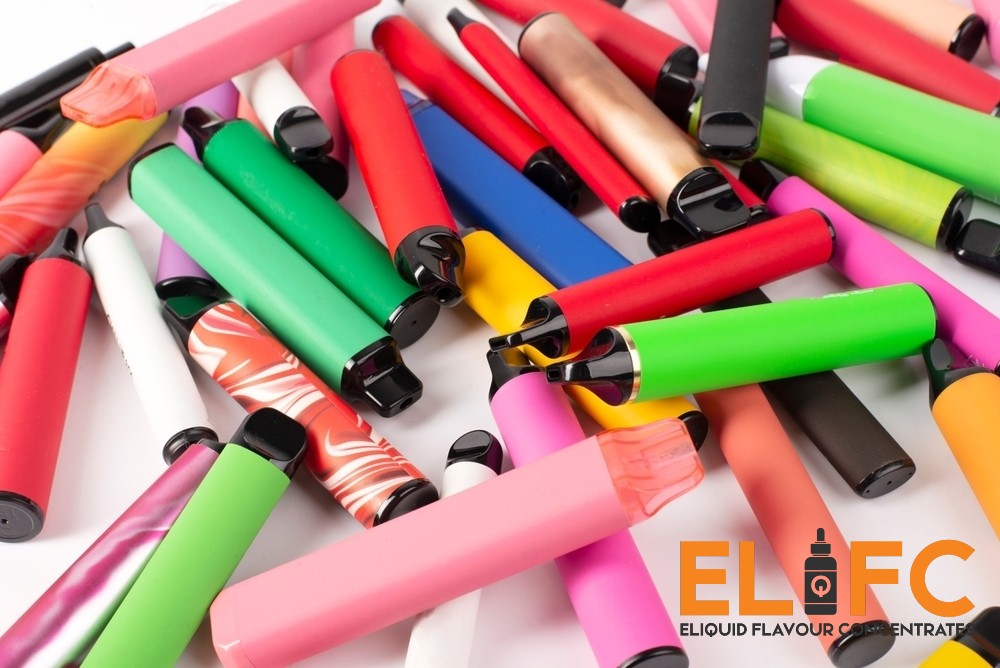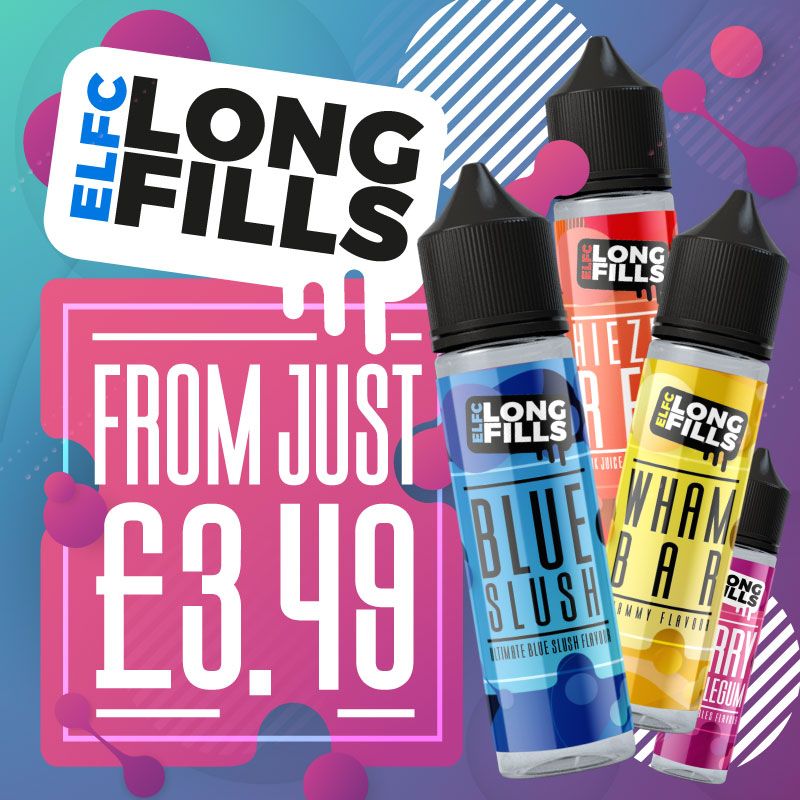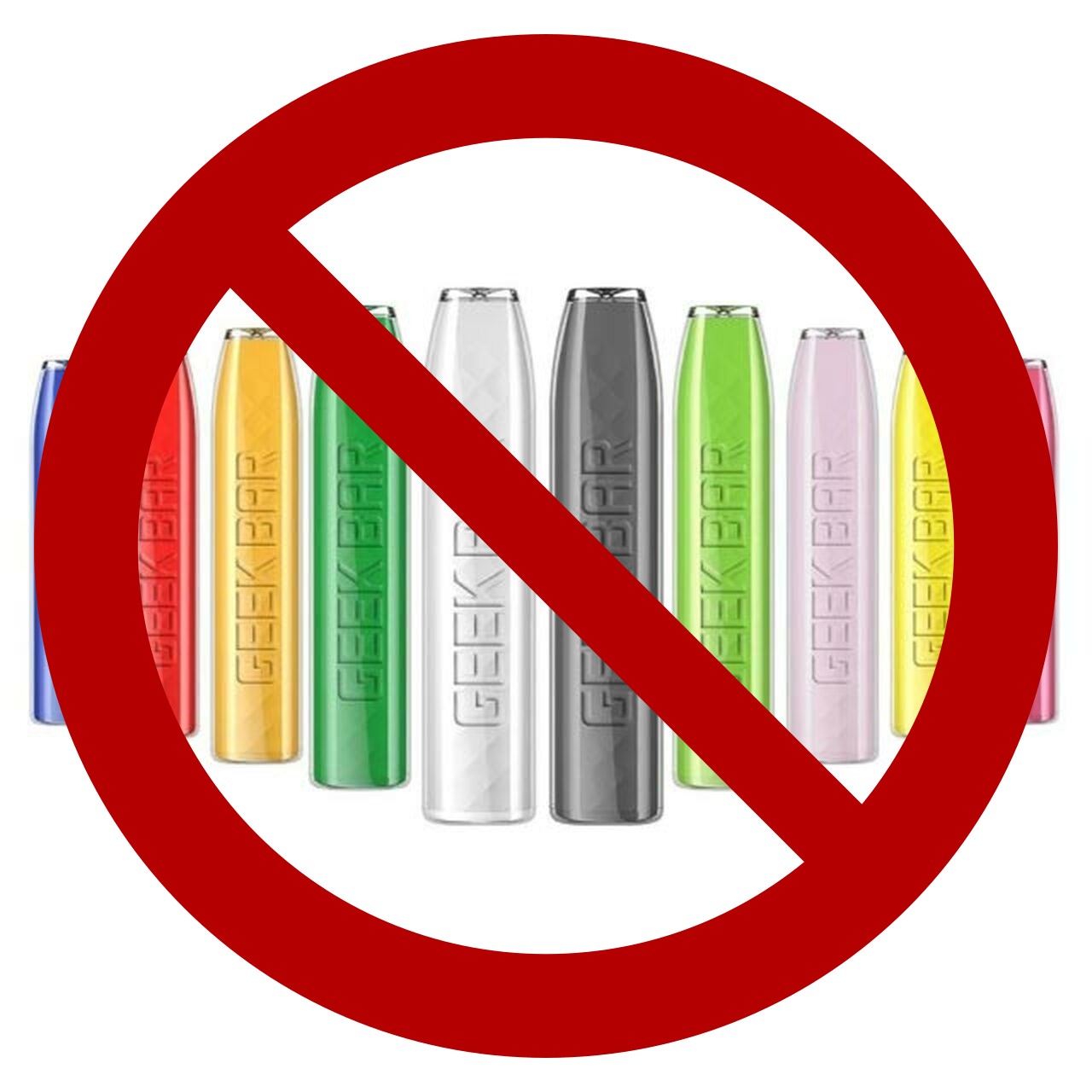Why DIY E Liquid is About to Go Mainstream

Mon 14 Nov 2016
DIY e liquid can bring many benefits, but the main reason why people switch from buying pre-mixed e liquid to making their own is simple: Cost. Since the release of the Aspire Atlantis tank in late 2014, the vaping industry has been churning out products that have made sub ohm vaping the norm, this has resulted in improved flavour, bigger clouds and…….huge e liquid bills.
The DIY e liquid market has been growing steadily since the mass market sub ohm trend begun, and it’s not hard to see why. A bottle of premium e liquid can cost anywhere from £10-£20 for 30ml, that’s a lot when many vapers are now blowing through 20-30ml or more a day. It makes a mockery of the argument that vaping is cheaper than smoking. So the only way to vape at high wattages and still keep costs down is by making your own e liquid, because a 30ml of DIY juice can cost as little as £1.16. From these numbers, it’s unsurprising that an increasing number of vapers are choosing to go DIY, it’s just common sense.
However, despite the growth in DIY e liquid over recently months and years, it still makes up a very small percentage of the market when compared to pre-mixed. But it’s becoming increasingly obvious that this is going to change. Why? Here’s why….
Limitations on bottle sizes
The upcoming TPD regulations mean that all nicotine containing e liquid will be limited to 10ml bottles from May 2017. If you’re unfamiliar with the TPD, check out our guide. Vapers have gotten used to being able to buy e liquid in pretty much any size they want, and as with anything else, the more you buy, the cheaper it becomes. However, being limited to 10ml bottles is going to inconvenience many vapers, who will likely turn to DIY because there are no restrictions.
Zero nicotine e liquid with nicotine shots
Zero nicotine e liquids do not fall within the remit of the TPD regulations, and we know of many e liquid companies that are planning to get around the laws by selling, for example, a 30ml bottle containing 20ml of zero nicotine juice alongside a 10ml bottle of flavourless nicotine. The user will then have to mix the two themselves. These nicotine shot e liquids will cost the same as pre-mixed e liquid does now, so if vapers are going to have to mix their own juice and still pay the premium prices, then many are going to realise that they can just buy the ingredients and make it themselves for much less money.
Limitations on flavour
When asked the question: What do you enjoy the most about vaping? Most vapers will not say blowing clouds, building coils or mixing e liquid. The most common answer to this question is: Flavour. It’s one of the main reasons why vaping has become a social phenomenon and, most importantly, it’s what keeps many vapers away from tobacco cigarettes. Unfortunately, the TPD regulations are going to restrict e liquid flavours in two ways. 1: Many e liquid flavours contain ingredients on the TPD ‘banned’ list, meaning that they will no longer be allowed on the market without modification. And 2: Getting e liquids through the TPD testing process can be very costly, which means that a lot of small and medium manufacturers are planning on reducing the range that they sell in order to keep the costs down. As with zero nicotine e liquid, flavour concentrates do not fall within the remit of the regulations, so DIY mixers will be completely free to use whichever flavours they desire.
If you have any questions about DIY mixing or vaping regulations, feel free to get in touch at info@eliquidflavourconcentrates.co.uk.
Further reading: 5 Reasons Why You Shouldn’t be Worried About the TPD



